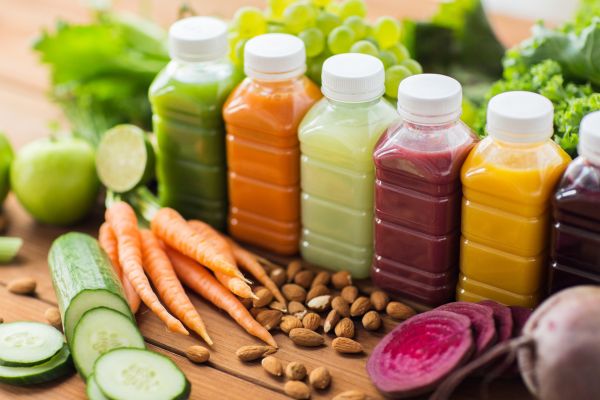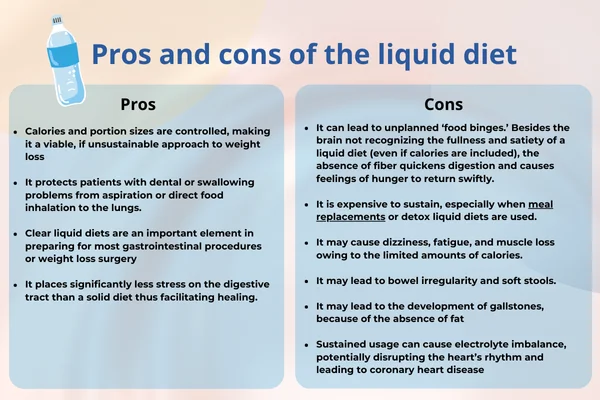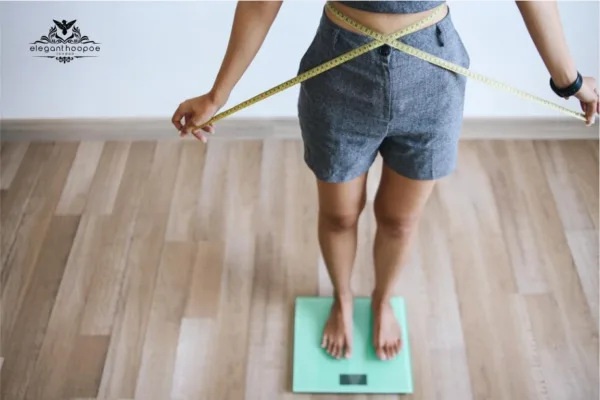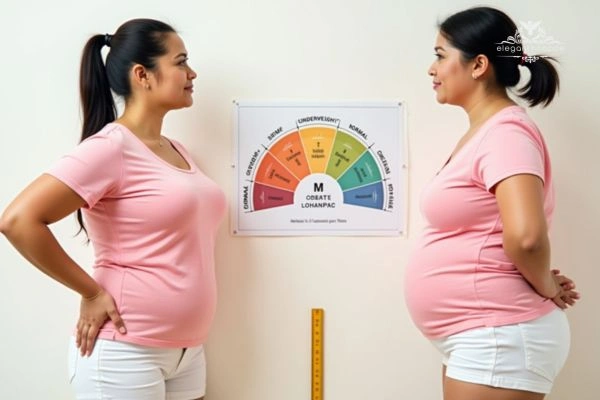Is a Liquid Diet for Weight Loss Effective and Safe?
A liquid diet for weight loss can help with short-term weight reduction but comes with risks.
- Pros: Controlled calorie intake, easier digestion, and medical benefits (pre/post-surgery, digestive recovery).
- Cons: Risk of fatigue, muscle loss, hunger, nutrient deficiencies, and high costs.
- Safety: Should be short-term and supervised by a dietitian to avoid health complications.
While effective for quick results, a liquid diet isn’t a sustainable long-term solution. Always consult a healthcare professional before starting!
In 2006, Beyoncé made global headlines when she lost 20 pounds of weight for her role in “DreamGirls” using the Master Cleanse – a 10-day restrictive juice diet that primarily includes only a lemon, maple syrup, cayenne pepper, and water. The diet, first suggested in the 1940s by famed neuropath Stanley Burroughs, soon became the go-to for many Millennials and Gen X’s, for whom the Beyoncé method will naturally be appealing. In this article, we observe the viability of liquid diet for weight loss and ascertain whether or not they are safe for the average person to follow.

What is a liquid diet?
A liquid diet is a special food diet consisting solely of liquid components and/or components that turn into liquid at room temperature. Commonly referred to as ‘juice cleanses’ or ‘weight loss diets’, the liquid diet has three distinct features: it requires no chewing, takes minimal effort to swallow, and does not overburden the digestive tract. Liquid diets may be divided into three categories:
Full liquid diets:
Have clear consistency (thin texture) and are characterized by the absence of lumps or solids. They are mostly blended and purred and examples include fruit juice, smoothies, milkshakes, and yogurts.
Clear liquid diets:
Provide lower levels of calories and carbohydrates than their full liquid congeners and as the name implies, are characterized by clarity and ‘see-through’ transparency. Examples are water, broth, and gelatin.
Mechanically soft diets:
Are colloquially referred to as semi-liquid diets, and contain mostly soft foods with some liquid additions. They are used to smoothen the transition from a liquid diet to a solid diet and examples include mashed potatoes, boiled eggs, and puddings.
Further examples of ‘compliant foods’ in the full and clear liquid diet categories are soft drinks, sports drinks, coffee, soy, almond, ice cream, honey syrup, strained soups, melted cheese, and powdered proteins.
See also InBody Test Dubai
Who should be on a liquid diet for weight loss?
The liquid diet is mainly used as a ‘less stressful’ substitute to solid foods that allows recovering patients to still eat while their digestive tract (mouth, esophagus, intestines, stomach, pancreas, liver, gall bladder colon, and rectum) is injured or undergoing healing. It is also recommended for people with severe diabetes who need extra stringency to regulate their blood sugar levels.
‘A liquid diet provides an opportunity for the body to heal, improve hydration, and assess toleration of the liquids before advancing to liquids or foods that are more difficult to digest,”
– Melissa Majumdar, RD, CSOWM, LDN; bariatric coordinator at Emory University Hospital
The diet facilitates healing for numerous conditions like swallowing problems (e.g. dysphagia and sore throat), chewing problems (e.g. xerostomia and stiffness of jaw muscles), digestive problems (e.g. reflux disease), gastrointestinal infection or injuries; and is a major preventative measure for many clinical scenarios.

One such scenario is in anesthesiology. Anesthesia is an unavoidable fixture of weight loss surgery and many gastrointestinal or general surgical procedures. But anesthesia is known to induce nausea, which can potentially cause patients to vomit on the surgical table or choke on their own vomit while ‘asleep’. To counter this, doctors will recommend a clear liquid diet several days before surgery to ensure that the patient’s intestine is emptied (clear liquid diets seamlessly digest and leave little or no undigested material in the intestine.)
Although rarely prescribed for longer than five days, a liquid diet can translate to a permanent diet when a patient is managing certain conditions like Crohn’s disease or when they have lost most/ all of their teeth and cannot conceivably chew.

Suggested post: Can a Bad Diet Cause Hair Loss?
H2: Pros and Cons of Weight Loss Liquid Diets with Examples
The following table outlines the advantages and disadvantages of weight loss liquid diets, along with examples to show their potential uses and challenges.
| – | Pros | Cons | Examples |
| Weight Loss | Controlled calorie intake helps with short-term weight loss. | Risk of fatigue, muscle loss, and rebound hunger due to insufficient nutrients. | Beyoncé’s Master Cleanse diet (lemon, maple syrup, cayenne pepper). |
| Digestive Health | Places less stress on the digestive system, aiding recovery. | Can cause bowel irregularities and soft stools due to the absence of fiber. | Clear broth, gelatin, or strained soups for healing. |
| Medical Use | Useful for pre/post-surgery preparation or for patients with dysphagia. | Prolonged use can lead to electrolyte imbalance, causing potential heart rhythm issues. | Clear liquid diets before surgery or full liquid diets for dysphagia patients. |
| Sustainability | Suitable for short-term applications under supervision. | Expensive meal replacements and impractical for long-term use. | Protein shakes, meal replacement drinks like Ensure. |
The safety of a liquid diet
It generally depends on three factors: a patient’s current condition, the specific type of diet, and the length of use.
A full or clear liquid diet is downright dangerous if you are pregnant, breastfeeding, or on certain medications. Additionally, the diet should be expertly formulated by a dietician who would know to include tailored proportions of calories, proteins, and carbs to ensure the body is supplied with vital nutrients for optimal functions. And importantly, a healthy individual should only use the liquid diet temporarily to reduce the health risks associated with the modest amounts of calories and vitamins that the diet provides.
While it is possible to lose weight on a liquid diet, it’s hardly the healthiest or most sustainable approach to weight loss. Yes, it provides a structured approach to tackling obesity and the limited calories on offer heightens the propensity to lose weight, but it will leave you feeling knackered afterward and does more harm than good in the long run.
Besides being prohibitively expensive, some food groups in the diet can also be self-defeating. For example, vitamins A, D, E, and K which are typically present in food juices require fat (which is not included in a full liquid diet) to be absorbed into the body. A workaround may be to have one or two liquid meals per day, with a solid diet making up the rest, or choose liquid drinks that have protein, carbs, and fat to promote satiety and nutrient absorption into the body.
It’s worth reiterating that ‘Do it yourself’ solutions for a consistent liquid diet or anything that concerns your health is not advisable. So before choosing to go on a liquid diet, please consult a dietician or a health practitioner!
Pros and cons of the liquid diet for weight loss

Pros
- Calories and portion sizes are controlled, making it a viable, if unsustainable approach to weight loss
- It protects patients with dental or swallowing problems from aspiration or direct food inhalation to the lungs.
- Clear liquid diets are an important element in preparing for most gastrointestinal procedures or weight loss surgery
- It places significantly less stress on the digestive tract than a solid diet thus facilitating healing.
Cons
- It can lead to unplanned ‘food binges.’ Besides the brain not recognizing the fullness and satiety of a liquid diet (even if calories are included), the absence of fiber quickens digestion and causes feelings of hunger to return swiftly.
- It is expensive to sustain, especially when meal replacements or detox liquid diets are used.
- It may cause dizziness, fatigue, and muscle loss owing to the limited amounts of calories.
- It may lead to bowel irregularity and soft stools.
- It may lead to the development of gallstones, because of the absence of fat
- Sustained usage can cause electrolyte imbalance, potentially disrupting the heart’s rhythm and leading to coronary heart disease

Conclusions
The liquid diet has specific applications for certain illnesses, internal injuries and as part of pre-surgery preparation or post-surgery healing. And although it can be modified for weight loss, the cons far outweigh the pros. As such, any regimen should only be temporary, and strictly under the guidance of a dietician.






